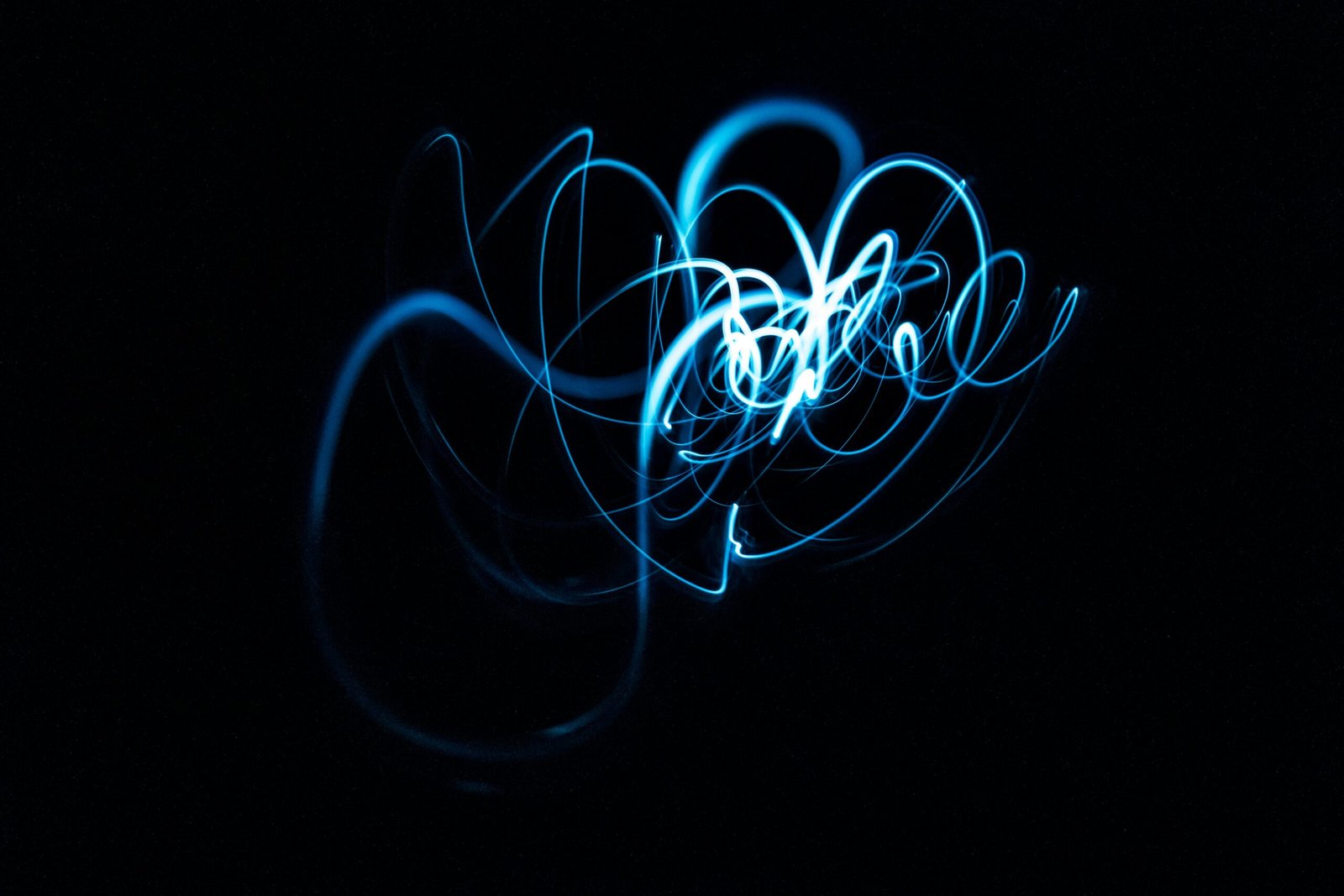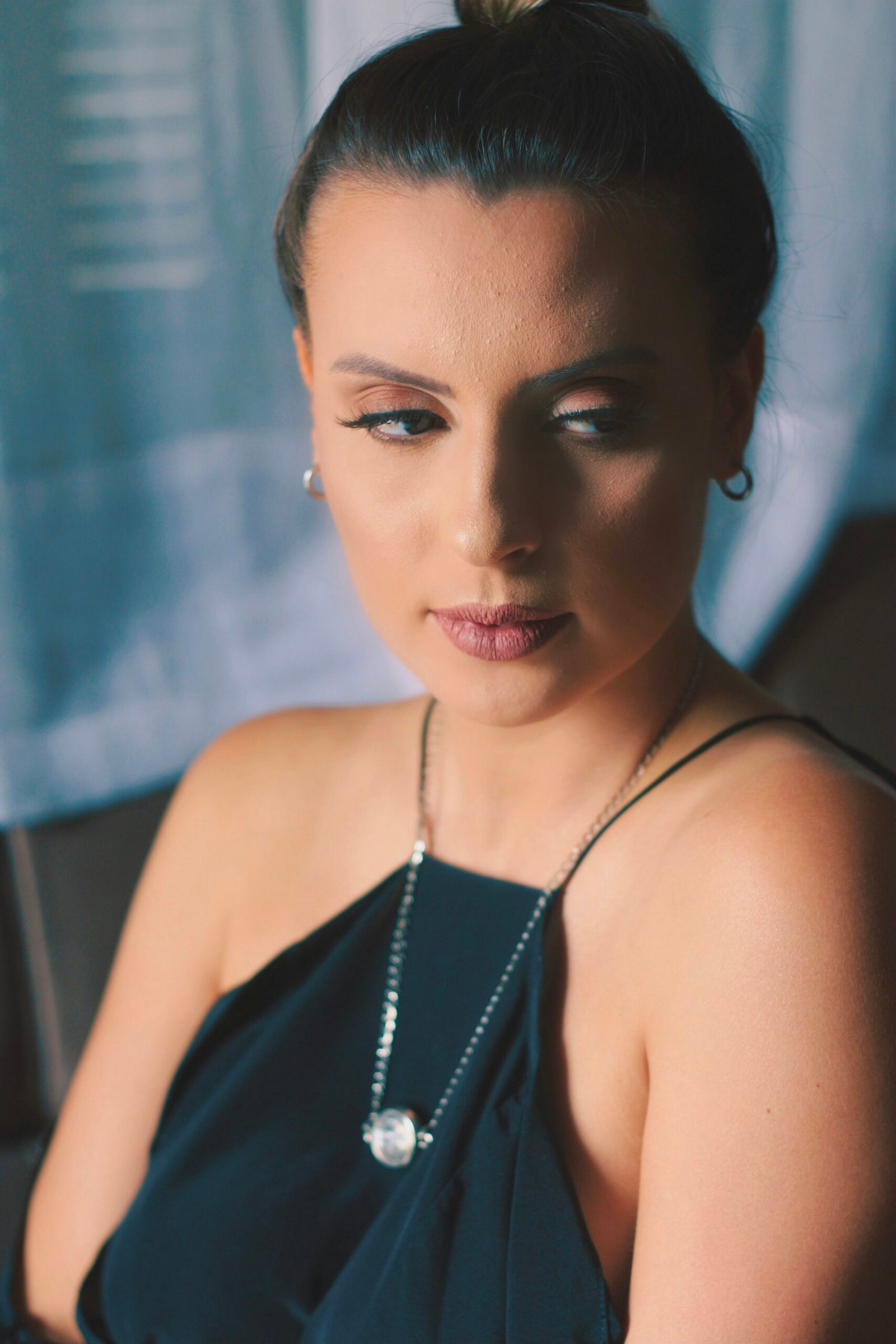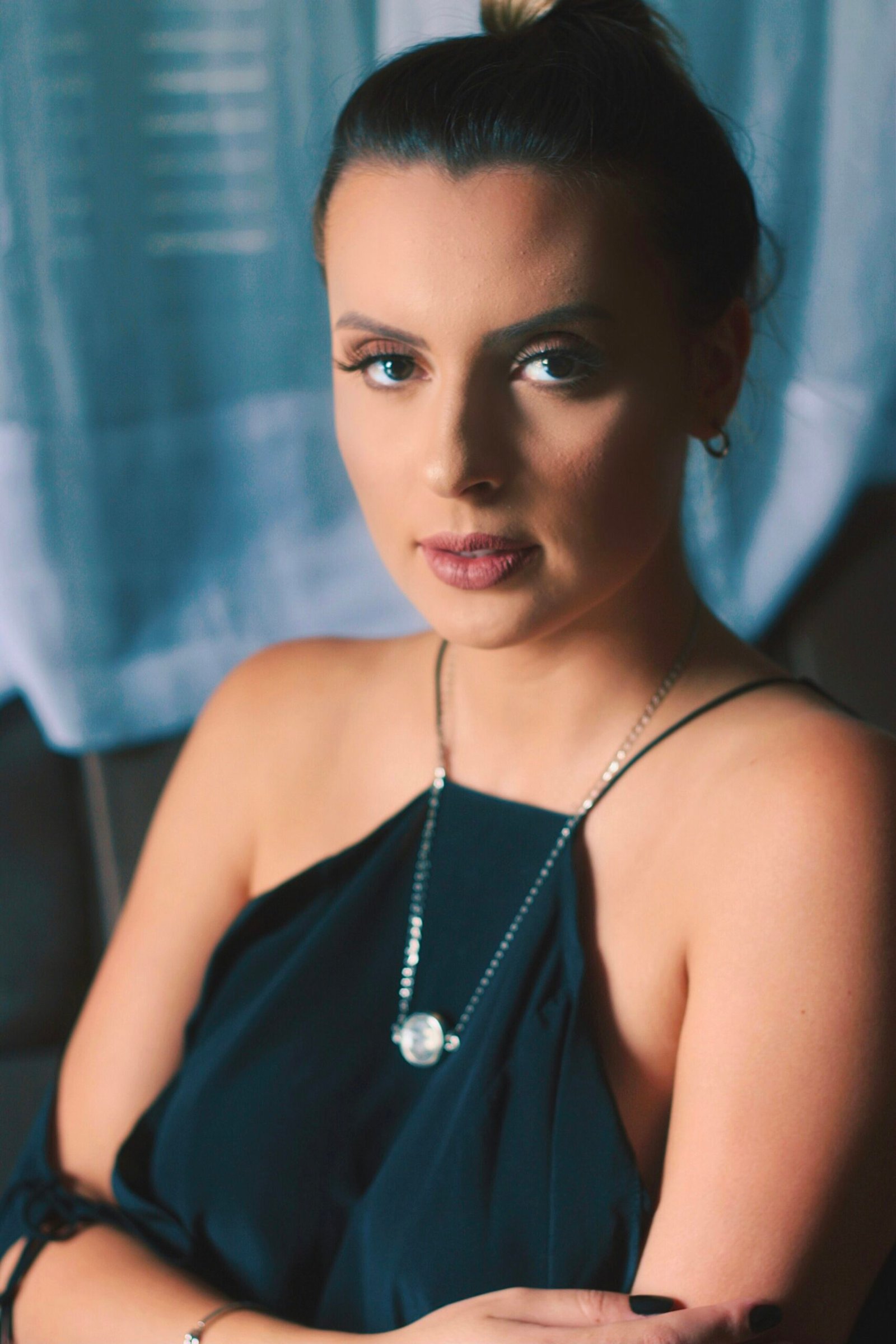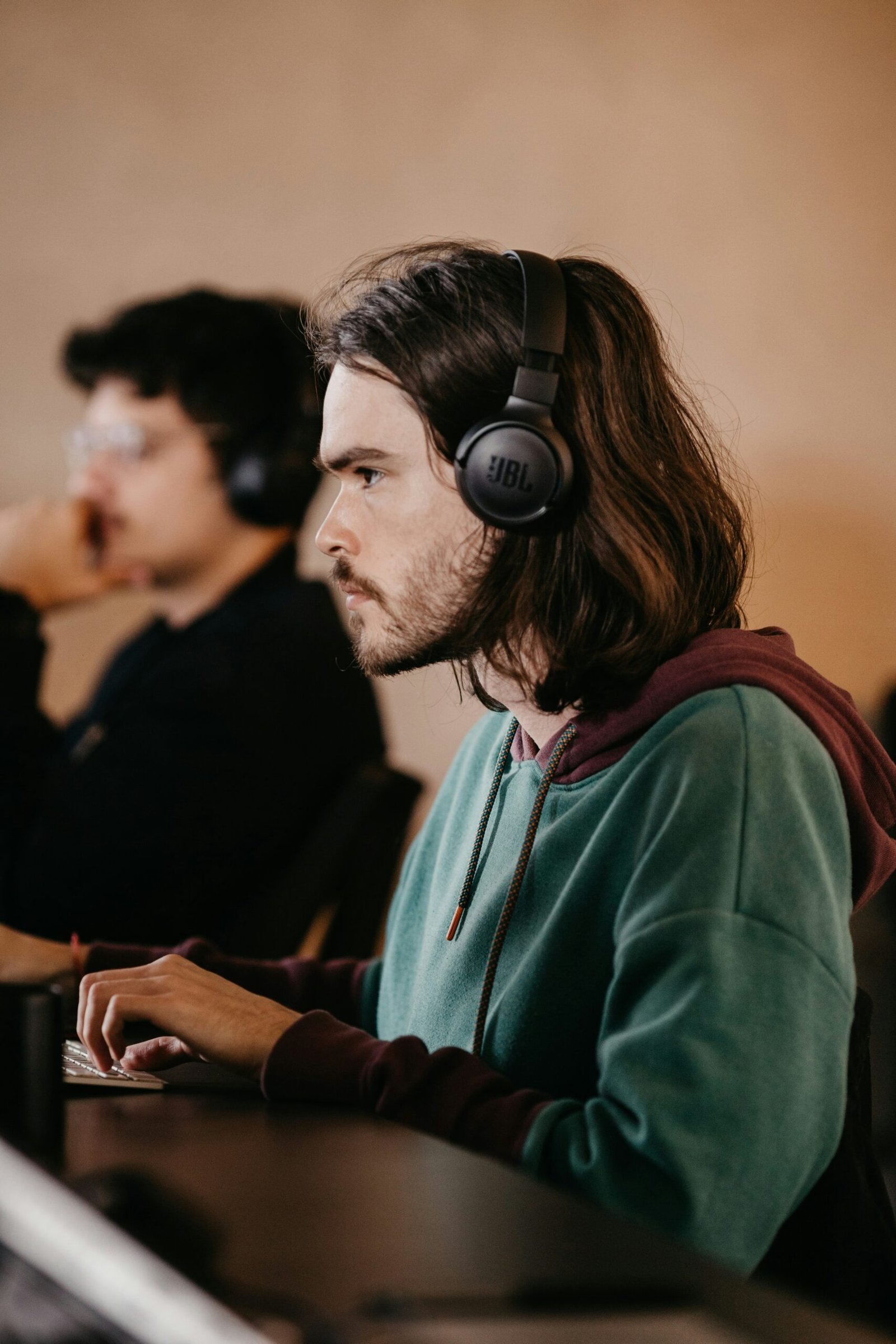Introduction
Have you ever found yourself struggling to fall asleep after using your iPhone late at night? The culprit might be the blue light emitted by your device’s screen. In this article, you will learn how to turn off blue light on your iPhone permanently, allowing you to protect your eyes and improve your sleep quality.

Why is Blue Light Harmful?
Blue light, also known as High Energy Visible (HEV) light, is emitted by digital devices such as smartphones, tablets, and computers. This type of light is known to disrupt your body’s natural sleep-wake cycle by suppressing the production of melatonin, the hormone responsible for regulating sleep. Overexposure to blue light can also lead to eyestrain, headaches, and even long-term eye damage.
How Blue Light Filters Work
Before we dive into turning off blue light on your iPhone permanently, it’s important to understand how blue light filters function. These filters work by reducing the amount of blue light emitted by your device’s screen without impacting the overall color accuracy. By adjusting the color temperature of your screen, blue light filters can create a warmer and more eye-friendly display.

Built-in Blue Light Filter on iPhone
Did you know that your iPhone comes with a built-in blue light filter known as Night Shift? This feature allows you to adjust the color temperature of your device’s screen to reduce blue light exposure during the evening hours. By enabling Night Shift, you can protect your eyes and potentially improve your sleep quality.
Enable Night Shift Mode
To turn on Night Shift mode on your iPhone and reduce blue light exposure, follow these simple steps:
- Go to Settings on your iPhone.
- Scroll down and tap on Display & Brightness.
- Select Night Shift.
- Toggle the Scheduled switch to enable Night Shift.
- Adjust the color temperature to your preference by moving the slider.
- You can also schedule Night Shift to turn on and off at specific times by setting the From and To times.
By enabling Night Shift mode, you can effectively reduce blue light exposure on your iPhone screen, making it easier on your eyes during nighttime use.

Reduce Blue Light with Accessibility Settings
In addition to Night Shift, you can further reduce blue light exposure on your iPhone by using Accessibility settings. This feature allows you to apply a color filter to your device’s screen, making it easier for individuals with visual impairments to use their iPhones comfortably.
Enable Color Filters
To enable color filters on your iPhone and reduce blue light exposure, follow these steps:
- Go to Settings on your iPhone.
- Scroll down and tap on Accessibility.
- Select Display & Text Size.
- Tap on Color Filters.
- Toggle the Color Filters switch to enable the feature.
- Choose the color filter that suits your preference by selecting one of the options available.
By applying color filters on your iPhone, you can further minimize blue light exposure, creating a more comfortable viewing experience for your eyes.

Use Night Shift and Color Filters Together
For maximum blue light reduction and eye protection on your iPhone, consider using Night Shift and color filters together. By combining these features, you can customize the color temperature and filter settings to create a display that is both gentle on your eyes and conducive to better sleep.
Third-Party Blue Light Filter Apps
If you’re looking for additional ways to reduce blue light exposure on your iPhone, consider downloading third-party blue light filter apps from the App Store. These apps offer advanced features and customization options to tailor the blue light reduction experience to your specific needs.

Top Blue Light Filter Apps for iPhone
Here are some of the top blue light filter apps available for iPhone users:
| App Name | Description |
|---|---|
| Twilight | Adjusts screen color temperature for a more eye-friendly display |
| f.lux | Automatically adjusts screen brightness based on time of day |
| Night Owl | Filters blue light and provides a warm tint for nighttime use |
| Iris | Offers customizable blue light reduction settings for personalized comfort |
By exploring these third-party blue light filter apps, you can find the one that best suits your preferences and enhances your iPhone screen experience.
Adjust Display Settings
In addition to using blue light filter apps, you can manually adjust your iPhone’s display settings to reduce blue light exposure. By customizing the brightness, contrast, and color temperature of your device’s screen, you can create a more eye-friendly viewing experience during both day and night.
Customizing Display Settings
To customize display settings on your iPhone and reduce blue light exposure, follow these steps:
- Go to Settings on your iPhone.
- Scroll down and tap on Display & Brightness.
- Adjust the Brightness slider to the desired level.
- Tap on Text Size and display settings for further customization options.
By fine-tuning your iPhone’s display settings, you can minimize blue light exposure and optimize the viewing experience for your eyes.
Consider Anti-Blue Light Screen Protectors
If you’re looking for a physical solution to reduce blue light exposure on your iPhone, consider investing in anti-blue light screen protectors. These protectors are designed to filter out blue light emitted by your device’s screen, offering additional protection for your eyes and potentially enhancing your overall viewing experience.
Benefits of Anti-Blue Light Screen Protectors
Here are some benefits of using anti-blue light screen protectors on your iPhone:
- Reduce blue light exposure for better eye comfort.
- Protect your eyes from potential long-term damage caused by overexposure to blue light.
- Enhance the display quality of your iPhone with improved color accuracy.
By incorporating anti-blue light screen protectors into your iPhone setup, you can enjoy enhanced eye protection and a more comfortable viewing experience.
Conclusion
In conclusion, turning off blue light on your iPhone permanently can greatly benefit your eye health and sleep quality. By utilizing built-in features such as Night Shift and Accessibility settings, as well as exploring third-party blue light filter apps and display adjustments, you can effectively reduce blue light exposure and create a more eye-friendly screen experience on your iPhone. Remember to prioritize your eye health and consider implementing these tips to safeguard your vision in the digital age.







